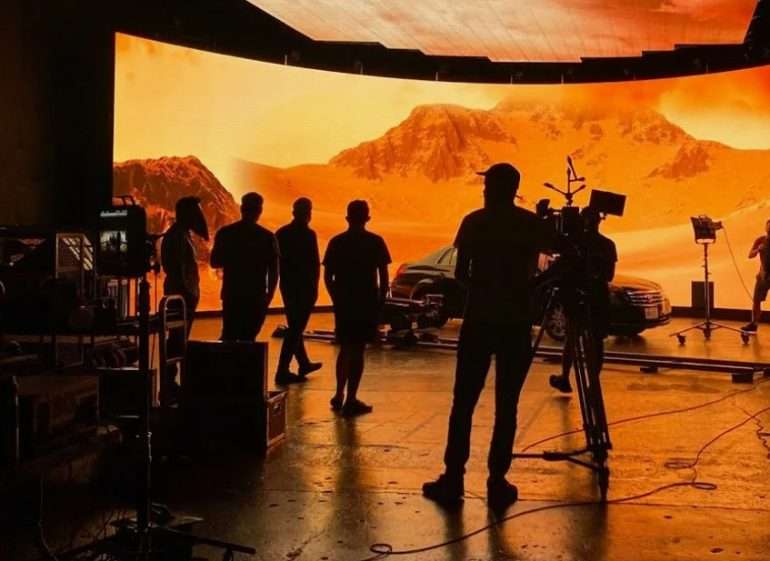
Virtual Production vs Traditional Filmmaking: Who Wins the Future?
Virtual vs Traditional Filmmaking: Choosing the Next Stage
Cinema has always reflected the spirit of its era, adopting new tools when ambition collided with technology. From silent reels to talking pictures, from black-and-white to digital color, change has always followed vision. Today the discussion turns to another disruption: the comparison between traditional sets and digital stages. With platforms like SP studios, filmmakers face a crossroad that could redefine both the process and the art itself. The question is no longer whether new methods will be used, but how they will reshape storytelling for decades to come.
Reimagining the Stage
Classic filmmaking has relied on physical locations, intricate sets, and mechanical equipment. Car chases required streets, desert adventures required travel, and sci‑fi action meant enormous scale models. By contrast, virtual stages recreate these landscapes instantly, generating entire worlds inside a controlled studio. This not only saves resources but also recalibrates how directors handle time and creativity. Moments once dependent on weather or geography can now be managed with precision indoors.
Did you know? Early tests of LED volumes allowed filmmakers to produce night skies with full moon reflections, eliminating the need for overnight outdoor shoots.
The Human Factor
Traditional locations offer tactile engagement. Actors step into real rooms, feel the ground, and breathe natural air. This can elevate emotion, but it comes at a cost: unpredictable schedules, logistical nightmares, and the limits of nature itself. Digital stages change that equation. The immersion is different, but screens wrapped around the performers deliver instant depth and believable horizons. For many, this balance between artifice and control is both liberating and challenging.
What Both Methods Deliver
- Authenticity of lived spaces in physical setups
- Flexibility and repeatability with digital environments
- Strong visuals in both approaches but achieved by different paths
- Unique creative flow depending on director’s style
Budgets and Practicality
Filmmaking has always been tied to budgets. Large blockbusters use real cities or exotic locations, which may take months to secure. Smaller projects, lacking financial muscle, often compromise ambition. The shift toward digital volumes offers a shortcut. Once the infrastructure is set up, producers can plan scenes without airfare, construction, or even seasonal hesitation. What once demanded orchestras of workers now might take a smaller crew under one roof. Yet the cost of the technology itself remains a barrier for those without major support.
A fact that often surprises producers: some major series reduced production time by nearly 30 percent once their teams embraced digital stages over classic sets.
The Flow of Creativity
Storytelling thrives on freedom. Directors who traditionally bent scenes around natural light now have infinite control. Suns can rise or fall at will. Oceans can look calm or furious without a storm outside. For others, though, such freedom feels less organic, almost too controlled. This contrast underlines the ongoing debate: creativity thrives with boundaries for some, while others soar when those boundaries disappear.
Looking at the Future
The clash between these approaches is not about replacing one with the other. Instead, a fusion seems most likely. Grand blockbusters may still rely on practical explosions, while intimate dramas may borrow landscapes from LED walls to enhance mood. The technology allows small projects to dream bigger, while traditional ambitions keep a sense of raw touch alive. History shows that filmmaking always blends rather than abandons.
As trends accelerate, it becomes clear that both paths will coexist. The phrase Virtual Production appears more often in industry circles because it opens possibilities once thought unreachable. But audiences still cherish authentic performance and tangible textures, which physical sets deliver. The partnership of technology and tradition will continue to shape cinema, and in that tension lies the future of visual storytelling.